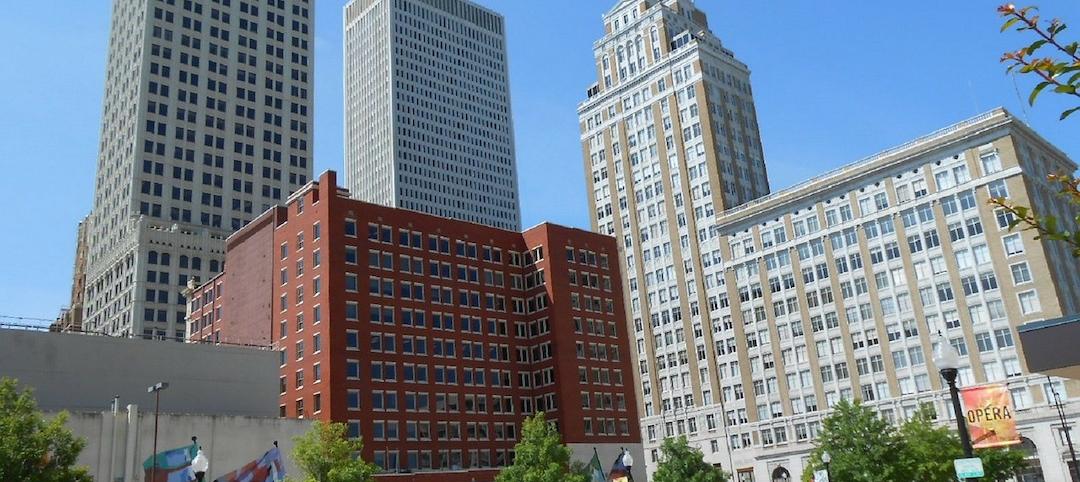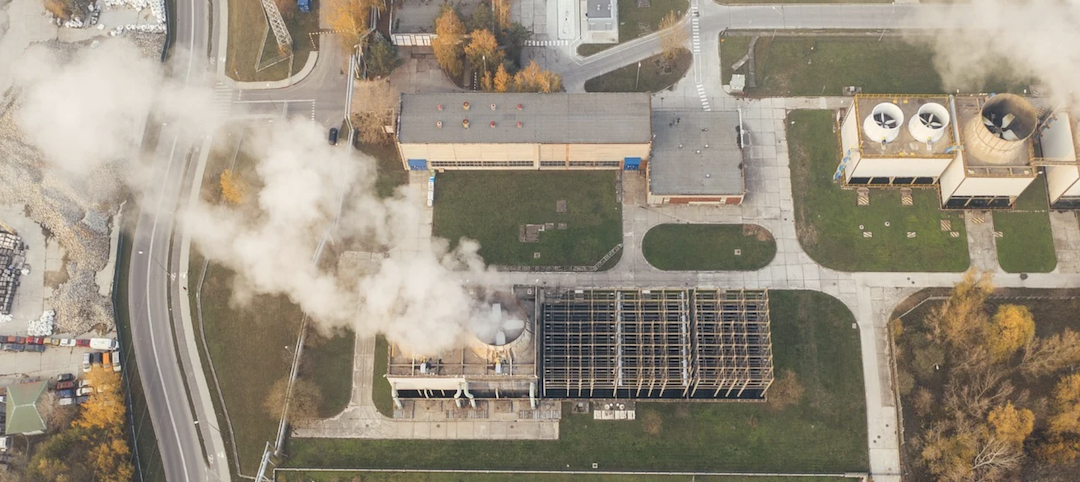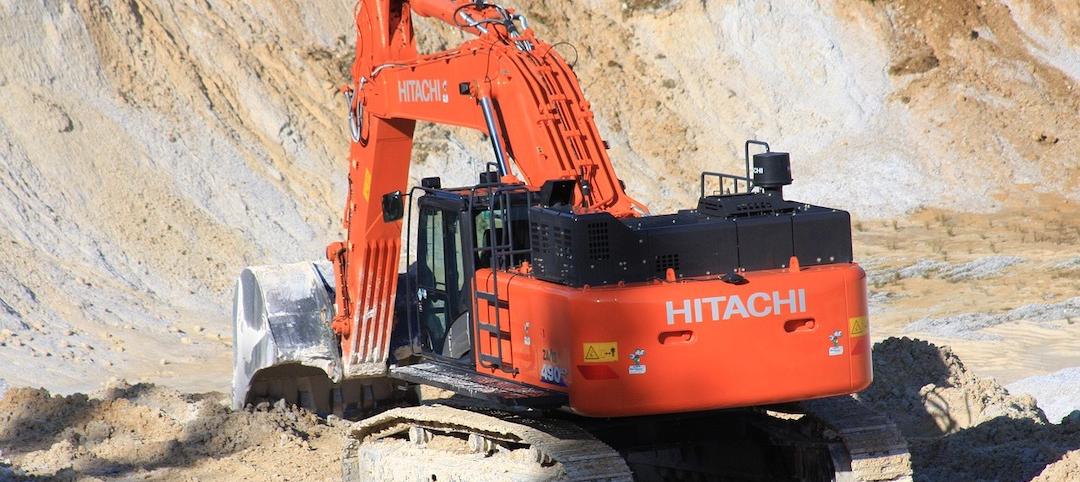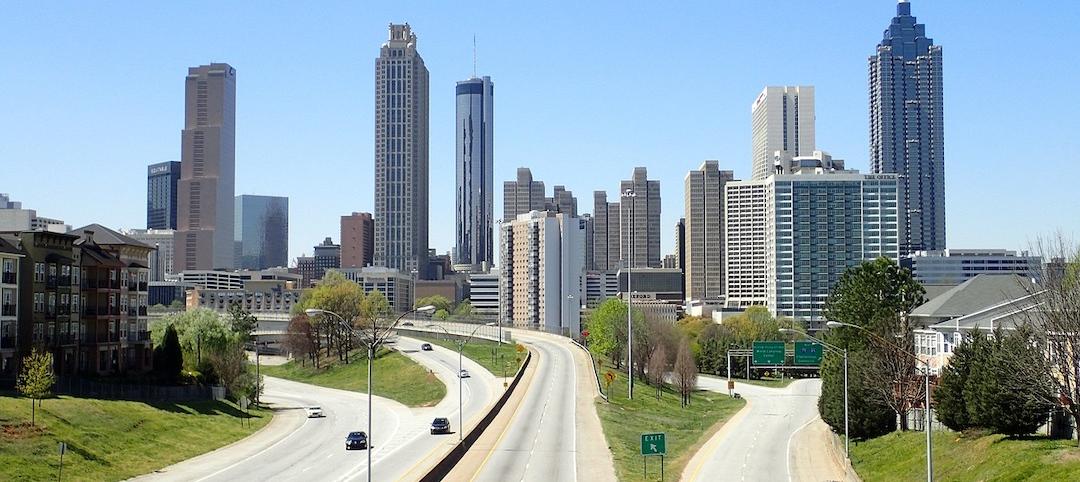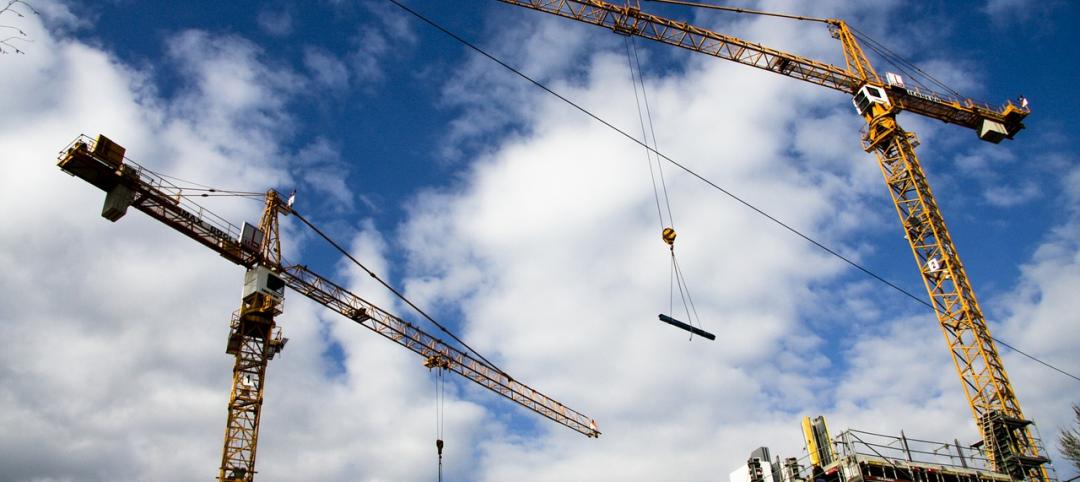Los Angeles reversed course last month on a regulation that had barred skyscrapers from having slanted roofs or spires. Most high-rises in the city have flat-topped roofs due to a decades-old rule meant to boost fire safety by requiring helicopter landing pads atop tall buildings.
The rule was unique among large cities in the U.S., according to city officials. New technology and design techniques have removed the need for such a rule, city officials say.
Architects had decried the old rule, saying it restricted creative building tops and prevented L.A. from having a distinctive skyline.
Under the new rule, builders will be able to construct high-rises that don’t have a helicopter pad on the roof if they include other safety features such as a fire service elevator or another set of exit stairs, automatic sprinklers, and a video surveillance system.
“Anyone who’s been to New York or cities like Shanghai, Hong Kong, and even San Francisco can see how the tops of building can help to define the identity of a city,” former City Councilman Mike Woo told the Los Angeles Times. “But for Los Angeles, for years, we have limited ourselves.”
(http://www.latimes.com/local/lanow/la-me-ln-skyscraper-flat-top-fire-rule-spires-20140929-story.html)
Related Stories
Codes and Standards | Dec 16, 2021
Home builders defeat proposed Oklahoma energy conservation code upgrade
Builders cite high home prices for opposition.
Codes and Standards | Dec 16, 2021
Laws and regulations complicate growth of community solar gardens
New projects stymied by utility resistance and legislative restrictions.
Codes and Standards | Dec 16, 2021
Property owners need systematic approach to GHG emissions reduction
Energy hog buildings at risk for becoming stranded assets.
Codes and Standards | Dec 15, 2021
Design problems now the primary cause of construction claims and disputes
More likely to occur due to more tight timescales imposed upon third parties engaged in design.
Codes and Standards | Dec 13, 2021
ABC releases guide to technology for improving safety performance
Provides details on how to identify, choose, and implement technology.
Codes and Standards | Dec 8, 2021
Construction industry is the top target for cyberattacks
Smart building tech is a new avenue for criminals.
Codes and Standards | Dec 8, 2021
Proposals to add more multifamily to Atlanta prompt drive for Buckhead to secede
City aims to increase housing as projections point to sharp population increase.
Codes and Standards | Dec 7, 2021
Design problems now the primary cause of construction claims and disputes
More likely to occur due to more tight timescales imposed upon third parties engaged in design.
Codes and Standards | Dec 5, 2021
New standard for Phase I environmental reports requires more research work on many sites
Update affects around 250,000 commercial real estate transactions a year.
Codes and Standards | Nov 30, 2021
Dept. of Energy publishes RFP for technical assistance on supporting better building codes
Addresses advanced standards to reduce energy consumption and GHG emissions.



